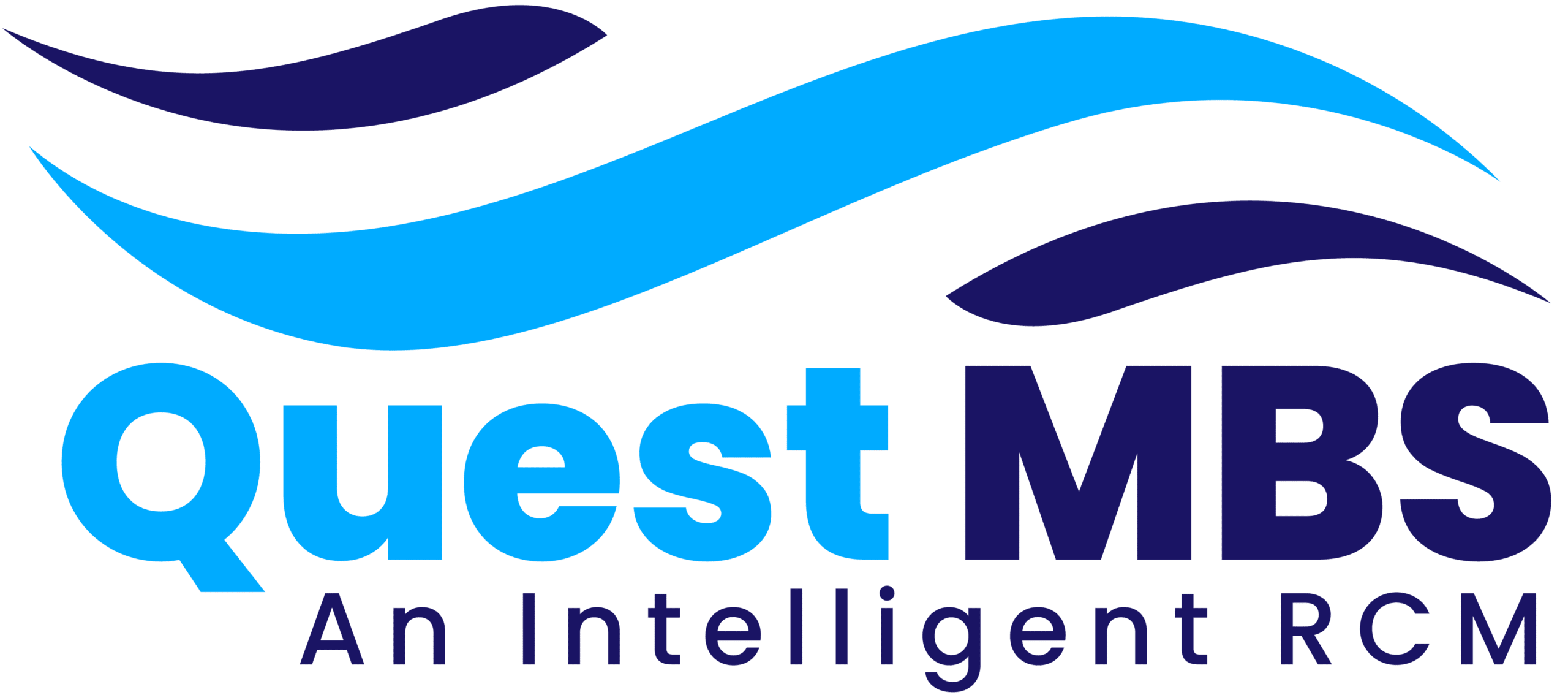Introduction:
In medical billing, Accounts Receivable (A/R) plays a crucial role in ensuring that healthcare providers receive timely payments for services rendered. A well-managed A/R process helps maintain the financial health of a medical practice by reducing outstanding balances, minimizing claim denials, and improving cash flow.
Accounts Receivable in medical billing refers to the amount of money owed to a healthcare provider by patients or insurance companies for medical services. When claims are delayed or denied, A/R management becomes essential in tracking and following up on unpaid invoices to ensure revenue collection.
This article explores the importance of Accounts Receivable in medical billing, common challenges, best practices, and strategies to optimize A/R management for a more efficient revenue cycle.
Understanding Accounts Receivable in Medical Billing:
What is Accounts Receivable (A/R)?
Accounts Receivable refers to the unpaid balances owed to a healthcare provider for medical services. It includes:
- Pending insurance claims awaiting processing.
- Patient balances (co-pays, deductibles, out-of-pocket expenses).
- Unpaid invoices from insurance companies or patients.
A/R is a vital part of Revenue Cycle Management (RCM), ensuring that medical practices receive the payments they are owed as quickly as possible. Effective A/R management leads to:
✔ Faster reimbursement.
✔ Reduced claim denials.
✔ Improved financial stability for healthcare providers.
The Importance of Accounts Receivable in Medical Billing:
Managing A/R efficiently is critical for any healthcare provider. Poor A/R management can lead to cash flow issues, revenue loss, and increased write-offs. Below are the key reasons why A/R is essential:
1. Ensures Financial Stability
- Delayed payments can disrupt a practice’s financial health.
- A well-managed A/R process ensures a steady flow of revenue.
2. Reduces Claim Denials and Delays
- Many insurance claims get delayed due to errors in coding, missing information, or lack of documentation.
- A strong A/R team quickly follows up on rejected or denied claims, ensuring timely reimbursement.
3. Improves Cash Flow:
- Efficient A/R processes help medical practices get paid faster, reducing outstanding balances.
- This allows healthcare providers to invest in better facilities, equipment, and patient care.
4. Lowers Patient Debt and Unpaid Balances:
- Many patients struggle to pay medical bills on time.
- Proper A/R management includes payment plans, reminders, and follow-ups to ensure patients fulfill their financial obligations.
Challenges in Managing Accounts Receivable:
Despite its importance, A/R in medical billing comes with several challenges:
1. High Rate of Claim Denials:
- Insurance companies deny claims for reasons such as:
- Incorrect CPT or ICD-10 coding.
- Missing patient or insurance information.
- Lack of prior authorization.
- If denied claims are not followed up quickly, they may become unrecoverable revenue losses.
2. Slow Insurance Payments:
- Insurance companies may delay payments, causing financial strain.
- Following up on pending claims is time-consuming but essential for revenue recovery.
3. Uncollected Patient Balances:
- Patients often delay or fail to pay their medical bills, especially when they have high deductibles or co-pays.
- Many practices struggle to collect payments, leading to increased A/R aging (unpaid balances over 90 days).
4. Poor Documentation and Billing Errors:
- Billing errors, such as incorrect coding, missing documentation, or duplicate claims, can result in claim denials or payment delays.
- Without proper denial management, these errors can cause financial losses.
5. Lack of A/R Follow-Up Strategies:
- Many practices fail to track unpaid claims effectively, leading to revenue leakage.
- A proper follow-up system is essential to ensure all outstanding claims are collected.
Best Practices for Effective A/R Management in Medical Billing:
1. Regularly Monitor A/R Aging Reports:
- A/R aging reports show the time period in which claims and balances remain unpaid.
- Categorizing claims into 0-30 days, 31-60 days, 61-90 days, and over 90 days helps identify which claims need urgent follow-up.
2. Verify Patient Insurance and Eligibility Before Service:
- Many claim denials occur due to inactive insurance or incorrect patient details.
- Verifying insurance before treatment ensures that claims are submitted with accurate information.
3. Submit Clean Claims to Avoid Denials:
- A clean claim is a correctly coded and properly documented claim that gets approved on the first submission.
- Use billing software and automated claim scrubbing tools to reduce coding errors.
4. Follow Up on Denied and Unpaid Claims Immediately:
- Regularly check on denied or delayed claims and resubmit them within the appeal deadline.
- Track claim status with insurance providers to ensure timely processing.
5. Improve Patient Payment Collection Strategies:
- Offer multiple payment options (credit cards, online payments, payment plans).
- Provide clear cost estimates upfront to prevent billing disputes.
- Send reminders via email, text, or phone to encourage on-time payments.
6. Automate the A/R Process:
- Use medical billing software to track unpaid claims and automate follow-ups.
- Automated reminders help reduce outstanding patient balances.
7. Outsource A/R Management if Necessary:
- If A/R backlogs become unmanageable, consider outsourcing to a medical billing company.
- Experts can handle denial management, insurance follow-ups, and payment collection, improving revenue flow.
8. Train Staff on A/R and Medical Billing Compliance:
- Regular training ensures billing staff follow best practices in claim submission and insurance policies.
- Keeping up with payer guidelines and coding updates prevents costly mistakes.
The Role of Technology in A/R Optimization:
Modern billing and practice management software can significantly improve A/R management.
Key Benefits of Technology in A/R:
✔ Automated claim submission – Reduces errors and speeds up reimbursement.
✔ Electronic Remittance Advice (ERA) – Helps track claim payments and denials.
✔ Patient portals – Allow online bill payments and access to payment plans.
✔ A/R reporting tools – Provide insights into outstanding balances and trends.
Using artificial intelligence (AI) and data analytics, providers can predict payment trends, optimize collection strategies, and reduce A/R backlogs.
Conclusion:
Accounts Receivable is a critical component of medical billing that directly impacts a healthcare provider’s financial health. Poor A/R management can lead to revenue loss, claim denials, and financial instability. However, by implementing effective A/R tracking, denial management, automated billing tools, and proactive follow-ups, providers can significantly improve cash flow and reduce outstanding balances.
By investing in technology, staff training, and patient communication strategies, medical practices can streamline their A/R process and ensure timely and accurate reimbursements. In today’s fast-changing healthcare landscape, efficient A/R management is key to sustaining a successful medical practice.







